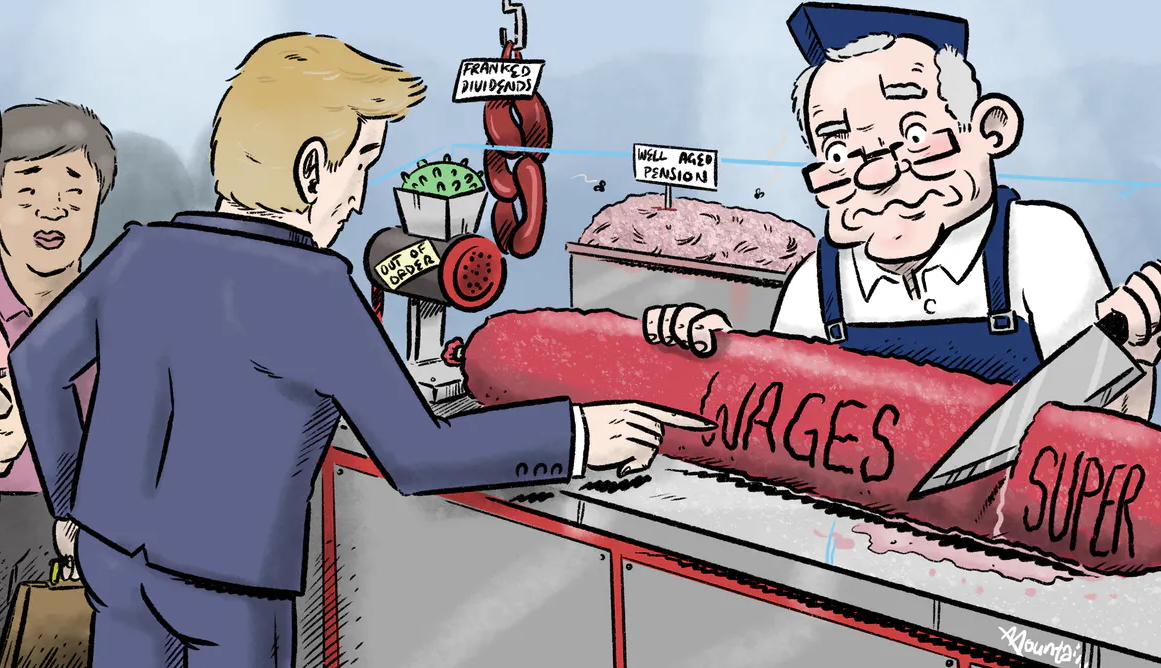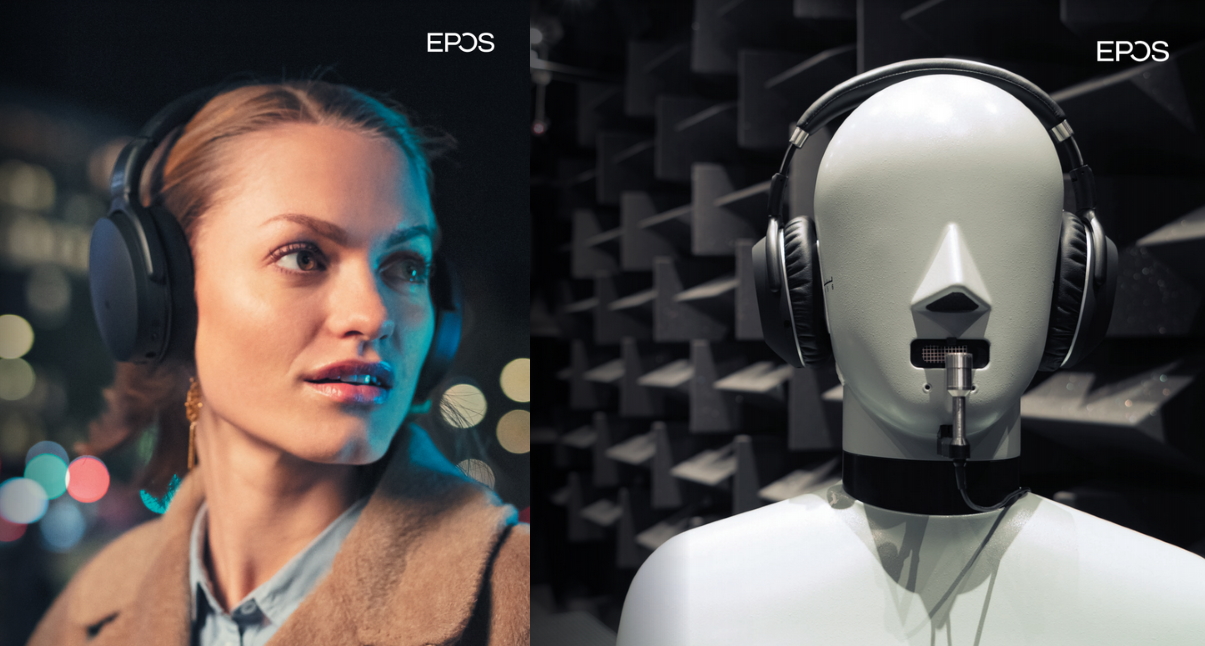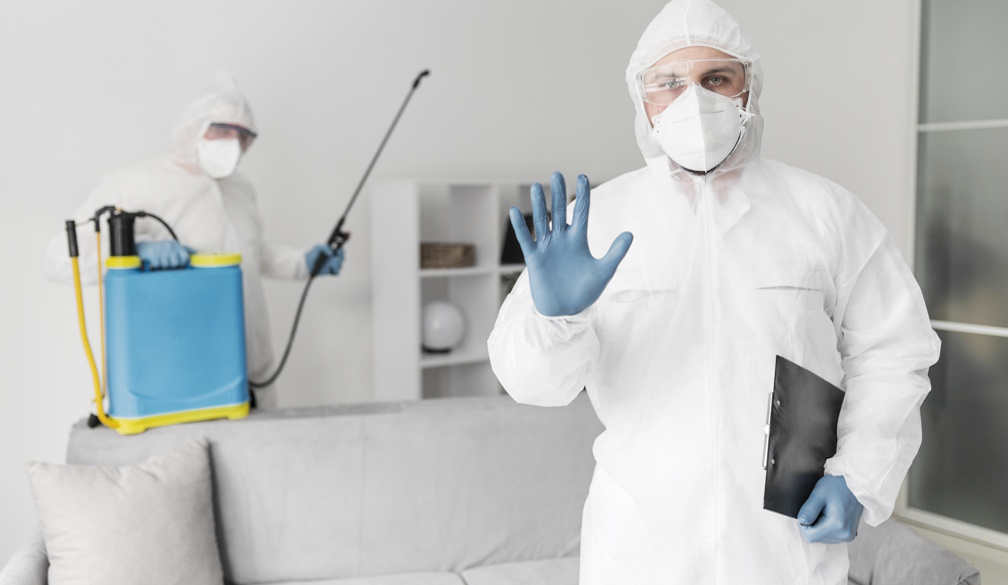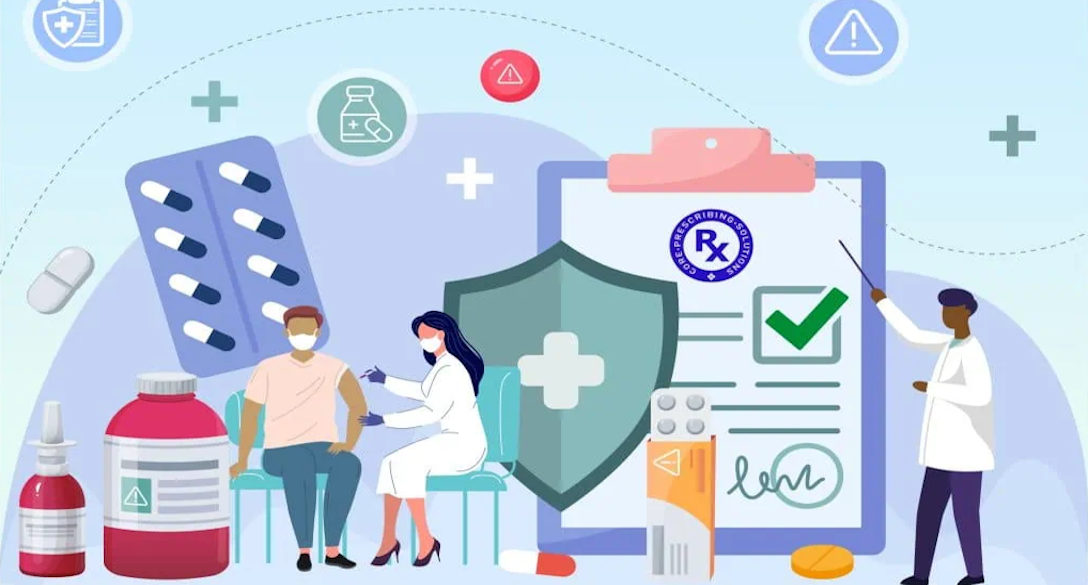By the time they are 20, more than four in five men and two in three women have been exposed to pornography: new research
- Written by Michael Flood, Professor of Sociology, Queensland University of Technology
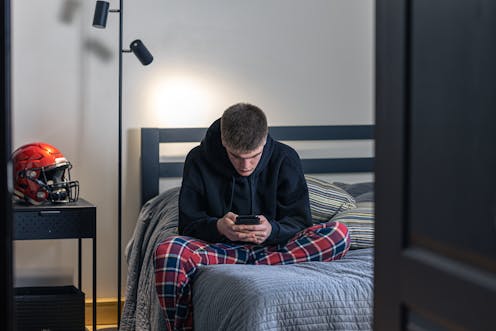
Four in five young men and two in three young women have been exposed to pornography by the time they turn 20, according to the first nationally representative survey on this issue in Australia.
Boys and young men are exposed earlier to pornography than girls and young women, and far more likely to be frequent users.
Among young people who had seen pornography, the average age of first exposure was 13.2 years for males and 14.1 years for females.
Exposure to pornography is likely to shape children’s and young people’s developing sexual and relationship attitudes and behaviours, with potentially significant health consequences.
We summarise the findings here, drawing on the survey among 1,985 young people aged 15-20 conducted by leading violence prevention organisation Our Watch, as well as Maree Crabbe’s interviews with young Australians.
Read more: Pornography has deeply troubling effects on young people, but there are ways we can minimise the harm[1]
Exposure is common
Most young people aged 15-20 have seen pornography, whether intentionally or accidentally. Over four-fifths (86%) of young men, and over two-thirds (69%) of young women, have encountered pornography.
While the average age of first exposure to pornography among those who have seen it is 13 for boys and 14 for girls, some children’s first exposure is considerably earlier. As Lizzie commented,
I was maybe 8 or 9 years old when I first saw porn. I had an older brother and I think one day he left a porn site open, and it just sparked my curiosity after that.
Young people see pornography two to three years before their first sexual experience with a partner. As Nathan commented,
there was a group of boys who would spend the entire time at the back of the classroom just having fun, laughing and watching pornography together. And this was well and truly before any of us were sexually active.
Read more: Help, I've just discovered my teen has watched porn! What should I do?[2]
Deliberate and accidental exposure
First exposure is about equally likely to be deliberate or accidental. Among young people who had seen pornography, 50.1% of young men and 40.3% of young women reported deliberately seeking pornography the first time they viewed it, while 46.2% of young men and 55.7% of young women reported that their first exposure was unintentional.
Among the children and young people who had deliberately sought out pornography the first time they saw it, the most common motivation was curiosity. Other motivations included looking for sexual stimulation, because friends were watching it, and wanting to learn more about sex.
For young people whose first exposure was unintentional, most had accidentally encountered pornography via an internet pop-up or web search. Other common means included being shown by someone else and coming across it on social media.
Emma’s story is typical:
I accidentally clicked on just one of the many pop-ups that are around and it took me to a porn site.
As Mohammad explained:
Even when you’re not looking for it you find it on the internet.
Young men are frequent users
There is a strong gender contrast in the frequency of pornography use among young people. Many young men are frequent users, with over half (54.4%) using pornography at least weekly and one in six (16%) doing so daily. On the other hand, only about one in seven young women (14.3%) use pornography weekly and only one in 70 (1.4%) do so daily.
Pornography use is both widespread and normalised among young men, as Crabbe’s interviews corroborate. “It was just assumed that boys our age were watching it,” reports Tash. “Every guy I know uses it, girls not so much”, said Hannah.
One-fifth of young people have not seen pornography, including one-tenth (10.5%) of young men and over one-quarter (28.7%) of young women. Compared to boys and young men, girls and young women are less interested in and more critical of pornography.
Lack of interest was the most common reason for not having seen pornography, reported by 59% of men and 87% of women. Other common reasons included concerns that it is disgusting or gross (20% men, 40% women) and that they would not like its depictions of relationships (10% men, 39% women).
Why does it matter if young people are exposed to porn?
Other studies document that pornography shapes young people’s sexual understandings, expectations, and experiences[3], just as it shapes these among adults[4].
Pornography consumption is associated with a range of harms, including risky[5] sexual behaviours[6] such as choking[7], more sexually objectifying and gender-stereotypical[8] views of women, rape myth acceptance[9], sexual coercion[10] and aggression[11], and sexual and dating violence victimisation[12].
Read more: Hold pornography to account – not education programs – for children's harmful sexual behaviour[13]
Lessening the harms
Four strategies are necessary to mitigate the potential harms of pornography exposure.
First, children and young people across Australia should have access to respectful relationships education[14] and comprehensive sexuality education[15] in schools. This should provide alternative and age-appropriate content on sexuality, including critical content on pornography[16].
Second, parents[17] should be equipped with the tools[18] to talk to their children about pornography[19], helping them to avoid or reject content that is sexist or celebrates violence that can be found in much pornography.
Third, we need social marketing and communication campaigns intended to undermine the influence of sexist and harmful content in pornography, and instead foster more gender-equitable and inclusive social norms.
Fourth, the federal government should support regulatory strategies to reduce minors’ exposure to pornography, such as age verification for adult websites[20], labelling and warning systems, mandated filtering by internet service providers with options for adult opt-in, and other measures.
References
- ^ Pornography has deeply troubling effects on young people, but there are ways we can minimise the harm (theconversation.com)
- ^ Help, I've just discovered my teen has watched porn! What should I do? (theconversation.com)
- ^ shapes young people’s sexual understandings, expectations, and experiences (theconversation.com)
- ^ among adults (xyonline.net)
- ^ risky (www.sciencedirect.com)
- ^ sexual behaviours (bmjopen.bmj.com)
- ^ choking (www.tandfonline.com)
- ^ sexually objectifying and gender-stereotypical (onlinelibrary.wiley.com)
- ^ rape myth acceptance (onlinelibrary.wiley.com)
- ^ sexual coercion (psycnet.apa.org)
- ^ aggression (onlinelibrary.wiley.com)
- ^ sexual and dating violence victimisation (www.mdpi.com)
- ^ Hold pornography to account – not education programs – for children's harmful sexual behaviour (theconversation.com)
- ^ respectful relationships education (education.ourwatch.org.au)
- ^ comprehensive sexuality education (www.sciencedirect.com)
- ^ content on pornography (www.tandfonline.com)
- ^ parents (www.taylorfrancis.com)
- ^ the tools (itstimewetalked.com)
- ^ about pornography (www.theline.org.au)
- ^ age verification for adult websites (www.esafety.gov.au)
Authors: Michael Flood, Professor of Sociology, Queensland University of Technology






